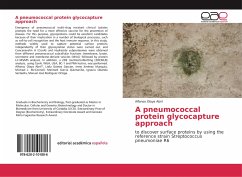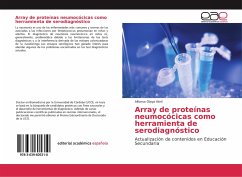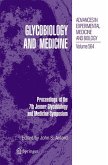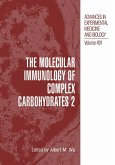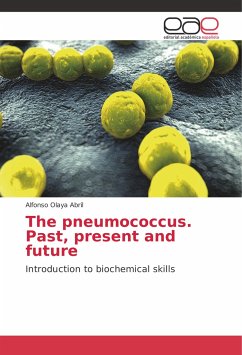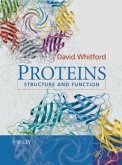Emergence of pneumococcal multi-drug resistant clinical isolates prompts the need for a more effective vaccine for the prevention of disease. For this purpose, glycoproteins could be excellent candidates because of their implication in a number of biological processes, such as cell-to-cell recognition and the host immune response. In this study, methods widely used to capture potential surface proteins independently of their glycosylation status were carried out, and Concanavalin A (ConA) and Hydrazide subproteomes were obtained from different pneumococcal subcellular fractions (membrane, lysate, secretome and membrane-derived vesicles (MVs)) followed by protein LC-MS/MS analysis. In addition, a 2DE multilectinblotting (2DEMLB) analysis, using ConA, WGA, UEA, BC-1 and PNA lectins, was performed. Alfonso Olaya Abril , Lidia Gómez Gascón, Irene Jiménez Munguía, Michael J. McConnell, Meritxell García Quintanilla, Ignacio Obando Santaella, Manuel José Rodríguez Ortega.
Bitte wählen Sie Ihr Anliegen aus.
Rechnungen
Retourenschein anfordern
Bestellstatus
Storno

